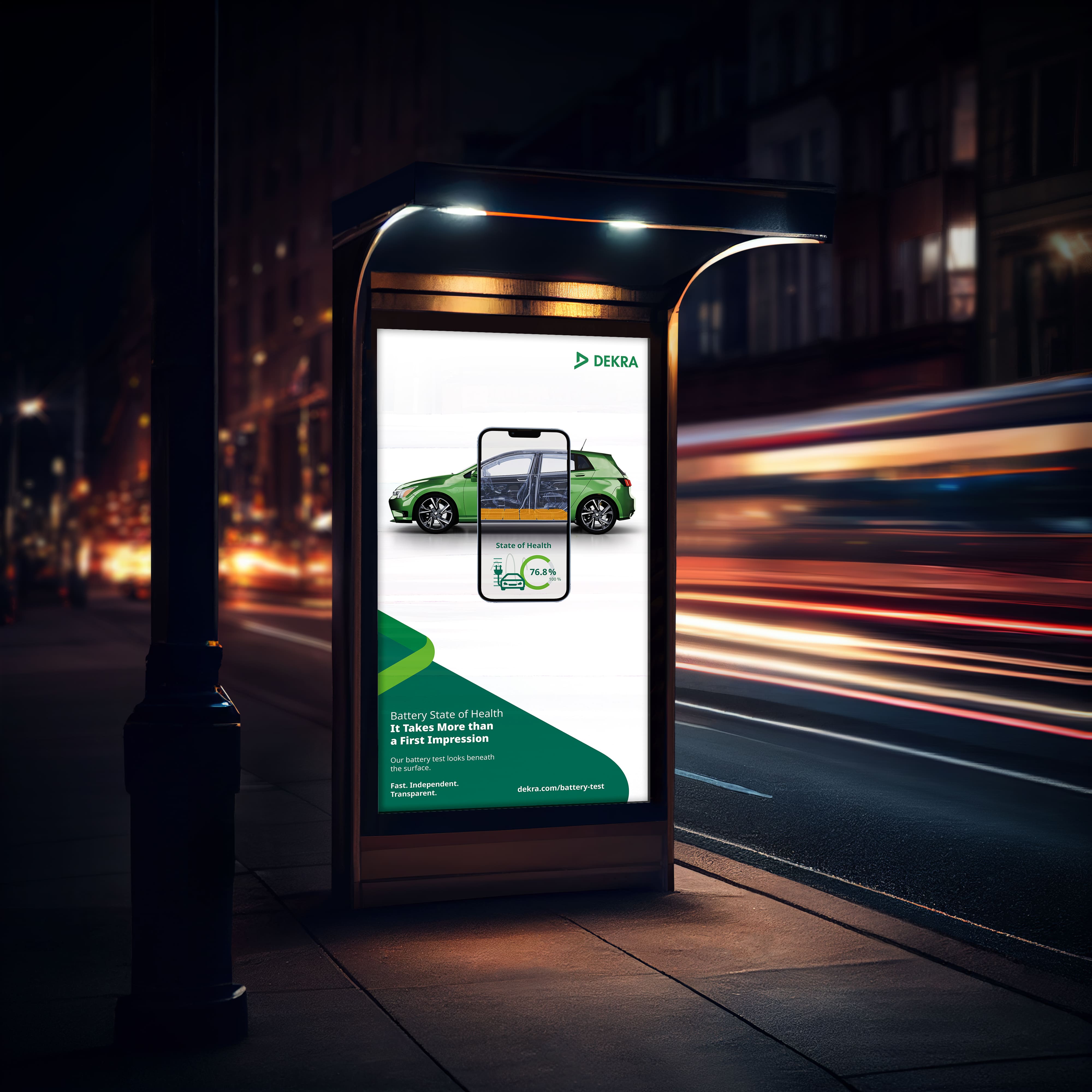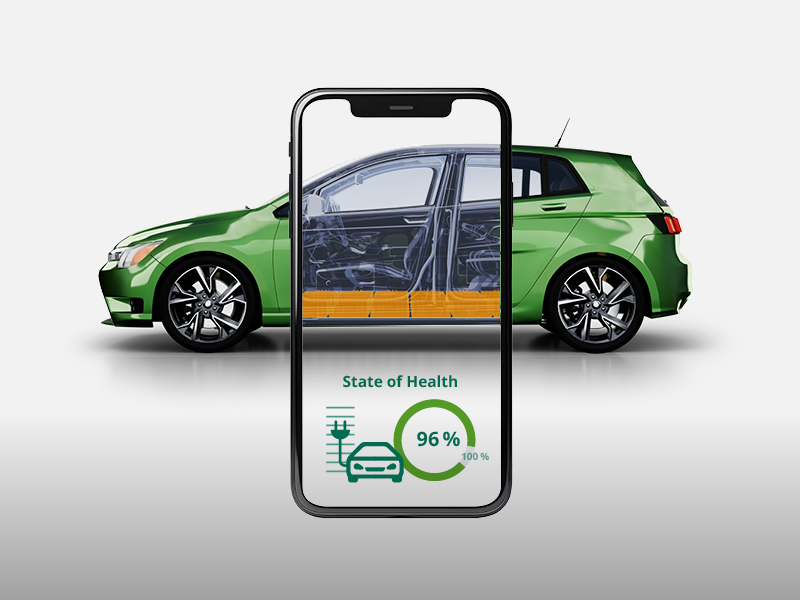The 38th International Electric Vehicle Symposium & Exposition
How do we reach users with new technology? How do we get people to actually, in their daily lives, use innovative mobility solutions that offer real value?
Publication date: 08 November 2024
Real Change. In the Automotive Industry. For People.
By nature, we all, to some extent, seek a seamless daily life filled with joy, well-being, and growth. The products we use every day should be reliable and safe tools to achieve this, whether they simplify things we already do or solve concrete problems we encounter. Practical, functional, straightforward solutions at reasonable costs—solutions that everyone can understand. But the path to this is usually lined with obstacles. Real change doesn’t happen overnight.
At DEKRA, our goal is to make people’s lives safer, more secure, and more sustainable through innovative products and solutions that provide real, long-lasting value. One example is our battery testing for EVs. These products begin by identifying a need, then move through brainstorming, the design table, product development, manufacturing, launch, and marketing. Our solutions are molded from the ground up to fulfill a need in people’s everyday lives.

The increasing presence of electric vehicles on our roads is undeniable. But buying a used electric car today still comes with many questions, concerns, and considerations—especially regarding the condition of the battery. Here, we need to be able to trust the technology from an impartial perspective. Today, there is still no standard in the car market for providing any form of guarantee or proof that the battery in an electric vehicle or hybrid for sale is in acceptable condition. Why is that? After all, the battery is by far the most expensive component of an electric car and is thus crucial to the vehicle’s function.
For most people, a car, whether electric or gasoline-powered, holds value by solving a problem in daily life—and naturally, it should do so safely, securely, and comfortably. Getting from point A to point B is the basic purpose of a car’s existence. As consumers, we want to ensure that this is also the case with an electric car, which was likely purchased at a higher price than a comparable model with conventional technology. Documented service history with regular oil changes and inspections has long served as a standard measure of the condition of a traditional car and its engine, thus determining its market value. For an electric car, with fewer moving mechanical parts and thus less need for service, regular checks and “independent tests” of the battery should instead be the minimum requirement.
How do we drive change here? At DEKRA, we believe that big changes must start small. Traditional marketing is, of course, required for any new technology to reach a market. But awareness of a new product also depends on the automotive industry’s and the public’s ability to understand the message. Why should I be interested? How can this technology improve my life? What sacrifices do I need to make? If companies with unique technology can answer these questions simply and clearly, they’ve already made progress.

Another important, though more challenging, aspect is making a product go viral. The technology is so good and meets a human need so well that the product essentially sells itself. Doubters are no longer a hurdle.
When we reach this stage, change is no longer a utopia. People are talking about the product with its innovative technology—at coffee breaks, among friends, within families. The product that brings real value. The technology that makes life a little easier.